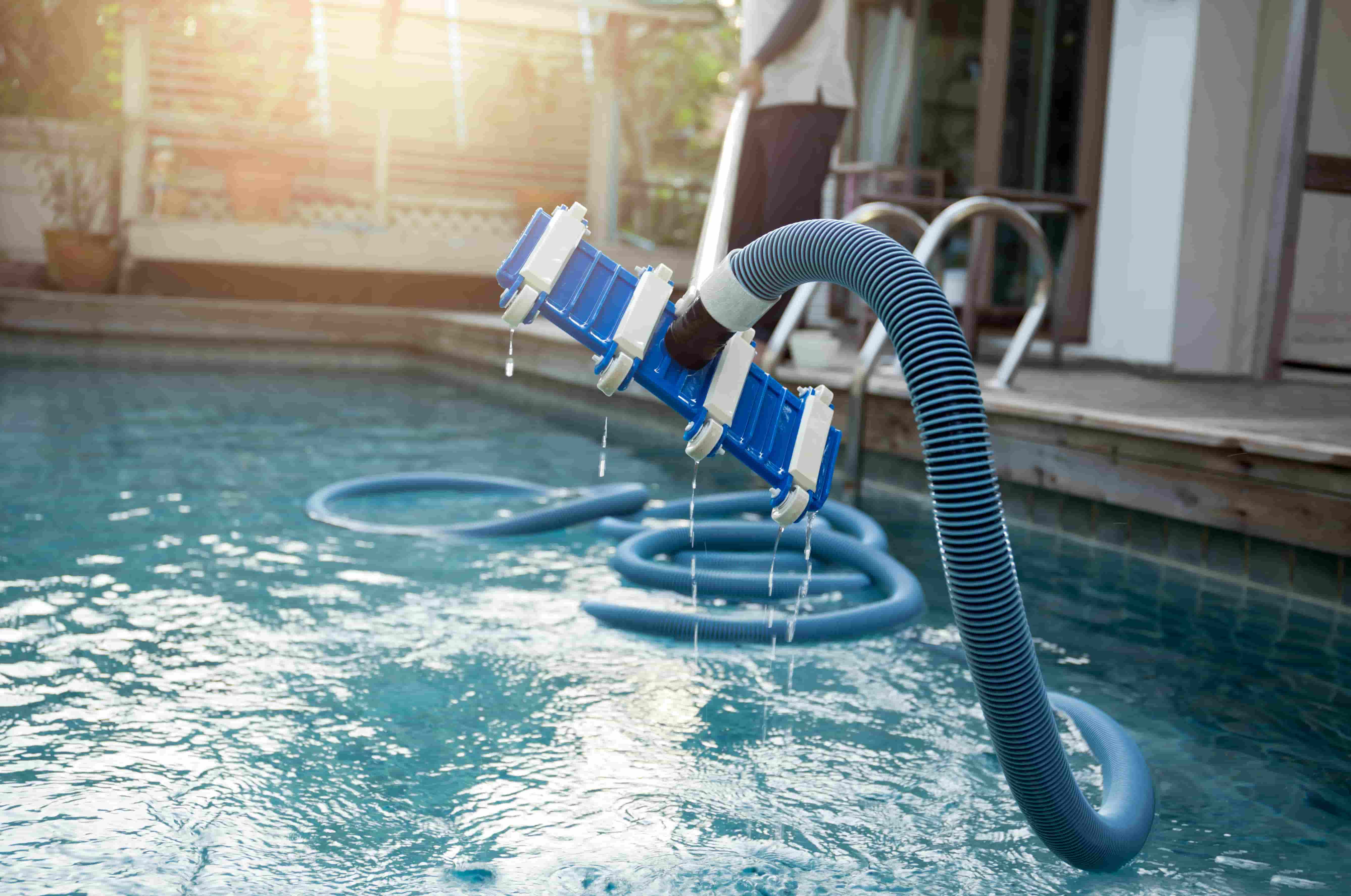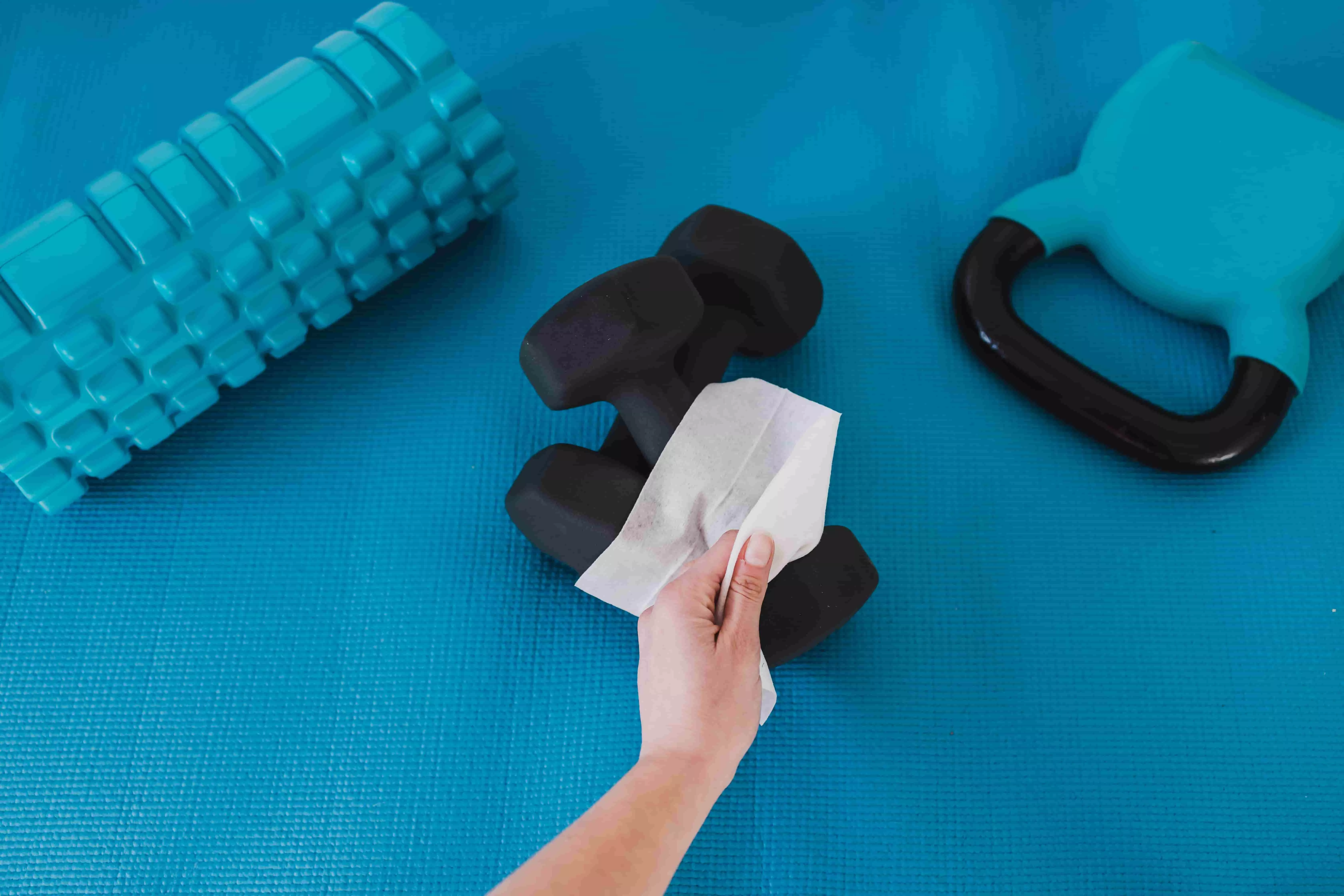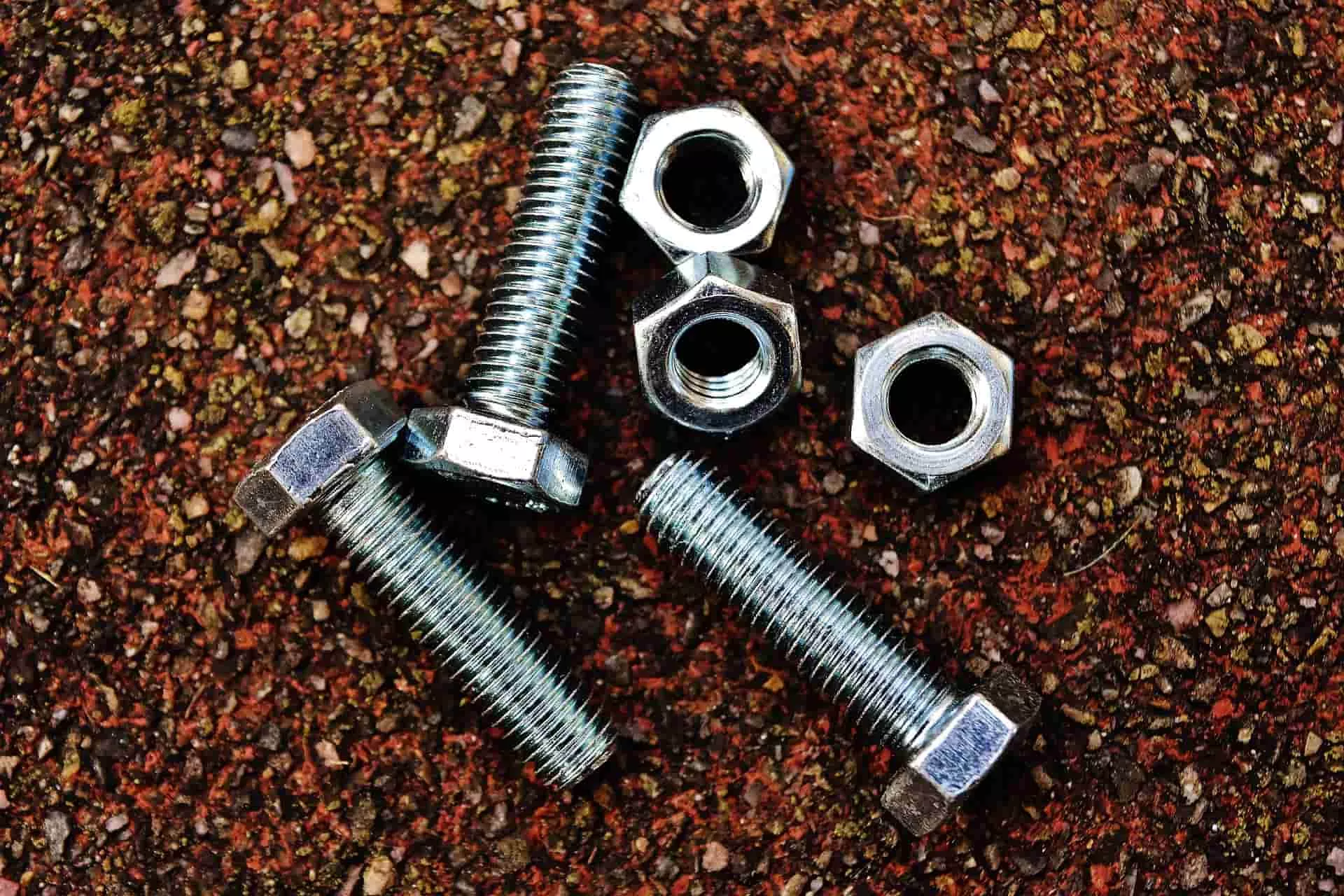Caring for Your Commercial Water Heater
Caring for Your Commercial Water Heater

When properly cared for and maintained, a commercial water heater can last upwards of 20 years or more. Commercial water heaters feature a design similar to residential heaters but tend to be more complex. As commercial water heaters are typically used in buildings that service multiple offices or units, they are often larger than a standard residential heater and require more frequent maintenance. Regular service of commercial water heaters is a worthwhile investment to prevent costly repairs or a premature replacement of equipment.
Learn more about caring for your commercial water heater and what red flags to look for that could indicate a problem.
Upper Heating Element Maintenance
Commercial water heaters are generally powered by either natural gas or electricity. With either type of power source, precautions must be taken to prevent burnout of the upper heating element.
With electric water heaters, the tank must be fully filled with water before turning the power on. Turning on a gas-powered water heater requires lighting the pilot. Lighting the pilot requires calibration of the gas valve to an “on” position or moving the control knob to “pilot.” Ideally, the temperature should be set to 120 degrees Fahrenheit.
Pressure Valve Maintenance
Both electric and gas water heaters contain pressure valves or temperature and pressure relief valves (T&P valves). If the storage tank over pressurizes or overheats, these safety devices would force the extra water to be safely released to reduce the pressure and temperature on the water heater.
Commercial water heaters are generally in good working order when they are absent of discharged water in the T&P valve. Valves that contain discharged water may indicate a problem with the heater. There are several reasons why a pressure valve may encounter problems, such as low-temperature relief, thermal expansion, high settings on the heater, or a problem with the valve itself..
There are several steps that commercial property owners should take to check and maintain their water heater:
- Turn the power source off the water heater and shut off the cold-water inlet.
- Place a bucket to catch the water as you relieve the valve of excess liquid.
- Pull the trip lever on the valve to release water and vapor. If water and vapor are not released, drain and replace the valve.
- Remove the discharge pipe from the valve and unscrew the valve from the water heater.
- Use a wrench to screw a new valve into place and reattach the discharge pipe.
- Turn on the water.
- Restart the power source or pilot light, depending on the type of water heater.
Tank Maintenance
The tank is the largest component of a commercial water heater and can build sediment over time. When a tank collects too much sediment, it can create clogs in the water line that interfere with performance, reduce energy efficiency, and cause damage to the system. Regular maintenance is needed to flush the tank and remove built-up sediment.
Follow these steps to flush the tank of a commercial water heater:
- Turn off the power source, extinguish the pilot, and turn off the cold-water inlet.
- Position a garden hose with the tank’s drain valve.
- Put the draining end of the hose in a place that can sustain the flow of very hot water.
- Drain the tank entirely by opening the relief and drain valves.
- Close the drain valve and pressure relief valve. Disconnect the hose from the drain valve.
- Turn the cold-water inlet on and open the hot water spigots.
- Once water is released from each spigot, close them.
- Turn back on the power.
Shop Competitive Choice, Inc
Caring for your commercial water heater can be a challenging job. However, with access to the right products and tools, this important maintenance task becomes easier. Shop CCI today for a wide selection of business and industrial maintenance supplies.











